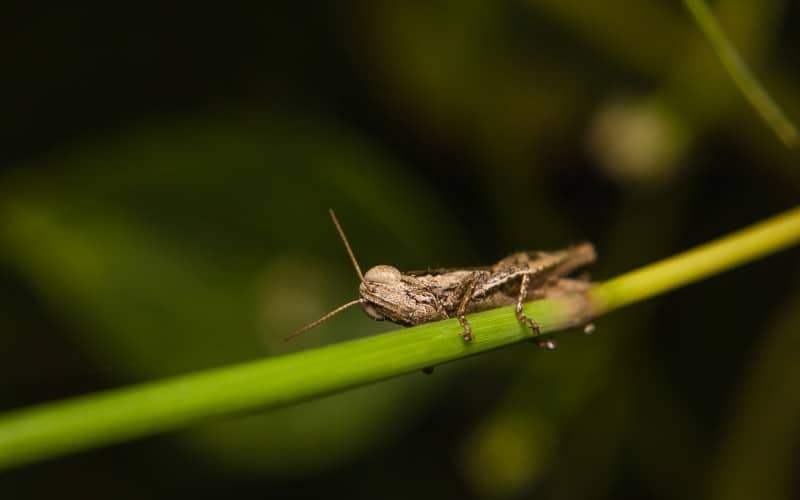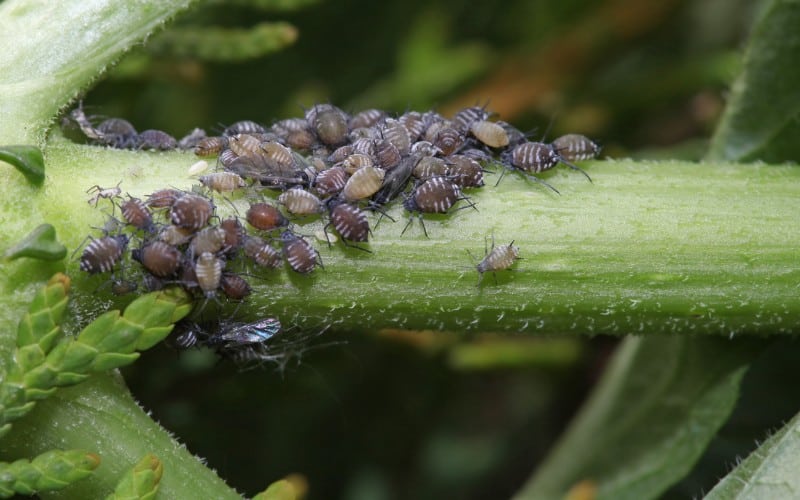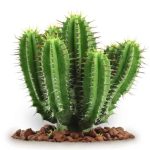We know how hard we work to get our garden to flourish, how we input energy, time, and money to make it work. It is quite disheartening when we show up in our gardens one day and see something wrong with our plants. A worse heartbreak, I’ll wait.
Some challenges our plants face are rarely genetic. Most are due to external or environmental factors. Perhaps the surrounding permits diseases that affect the plant to flourish and boom, we see our plants dealing with infectious diseases.
One of the signs that something is wrong with your plant is when you notice that the stems are beginning to change color. Now, you're probably wondering...why is plant stems turning brown?
Let's find out quickly!
Read Also: Why Is Tree Leaves Turning Brown?
Table of Contents
Why Is Plant Stems Turning Brown?

The plant stem is turning brown mainly because it has the brown stem rot disease. Phialophora gregata is the fungus that causes this disease.
One thing about the fungus is that it can stay on plant residue for a long time. On the residue, they spread their spores on the stem tissues of your plant. This is the primary way the fungus spreads.
The fungus can also spread via the lower stems and the roots. They move from the roots to the stem via conducting vessels in the plant like the xylem. Some things make the plant more prone to getting infected with the disease, and they are:
- Bodily injury to the plant
- Inadequate supply of essential nutrients
- Excessive watering
- Plant crowding
- Soils with poor drainage
Even though the fungus is the primary culprit in the causing of brown stems, other things cause this browning like:
Bacteria: They can also transmit disease, causing the plant's stem to go brown and then wilt afterward.
Poor drainage of the soil: Poor drainage means more moisture on the earth, which creates an enabling environment for the disease-causing organisms to thrive.
Brown Stem Rot Symptoms
Noticeable symptoms do not show until the late reproduction stage of the plant. Some plants that find it difficult to resist or fight the disease may die off without showing any sign, which can confuse any cultivator.
The brown rot disease may be a disease of the stem, but it shows its symptoms in the leaves too. The rot also affects the vascular tissues of plants. The pith's discoloration begins from the stem’s base and then progresses to the tree nodes and then to internodal tissues.
As the plant grows, the leaves' wilting becomes evident, the same as the stem's browning. If the check is not thorough, one may assume that leaves' wilting is due to high temperatures or lack of water.
The leaves will start showing yellow veins, then turn brown and die. Sometimes the leaves will furl and die but will remain fixed to the branch. The signs that show on the leaves will not show if the air temperature is too high.
Another notable symptom of the brown stem rot is the softening of the plant stem. When the stems turn soft, they will wilt and then die. The bummer with the disease is that you cannot do much again to save the plant once you notice it.
Environment That Favors Brown Stem Rot Disease

Low temperatures will cause the symptoms on the leaves to show even faster. Water is another agent that aids the proliferation of the disease, and this is because the fungus that causes browning of stems loves a moist environment.
Temperatures between 60 and 75-degrees Fahrenheit will cause the disease to develop at the fastest rate. But once the temperature increases to eighty degrees, the development of the disease is stalled. Wet soil is also an agent that aids the development of the disease.
What to Do To Control Brown Stem Disease
Why is plant stems turning brown? We've already answered this question, let's now look at how to control brown stem disease in plants.
Controlling this disease is challenging because the disease has already wrecked colossal havoc when you notice the signs. Here are some of the things that you can do to control the propagation of the disease.
Proper Cultural Practice
One of the best and cost-effective ways to manage this disease is by starving it. How do we mean? By letting the plants that are already infected stay in the field or garden. Since the disease spreads when new plants contact an already infected area, if no new plants come in, they will see nothing to infect.
If you leave the field for a minimum of three years, the plants there will die, and one thing is sure. The fungus can’t survive outside the host plant for long. So, if the plants die, they also die.
Let soils that are too wet dry up first before cultivating with them. Don’t throw soil to the stem during cultivation. Do not crowd the seedbed. Space them out.
Ensure that the depth at which you placed a plant when you transplanted is the same depth before transplanting. Make sure the soil you are using during the transplant is sterile. To avoid taking the disease from one field to another.
If you must mulch, you shouldn't add too much semi-decomposed mulch. If you have cover crops, plow early so that they can decompose entirely before you plant a crop that is prone to infection.
Fight the Fungus with Genetics
Some plants are naturally healthier and can withstand disease better than others. Identify those robust species of plants and cultivate them in those gardens that have a history of having brown rot diseases.
Use Fungicide
If your plants are in a pot or flower bed, you can add soil that has been infused with a potent fungicide. A better option would be to mix this fungicide with the soil before planting because prevention is better than cure.
Conclusion
We all want our plants to flourish and be safe, but that is not always the case. Pests and diseases show up to ruin the party.
So if you've ever wondered why plant stem is turning brown, we hope that you've gotten the answer here and also learned how best to control the problem.




